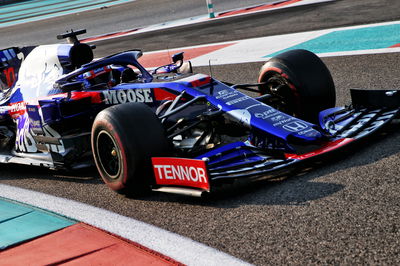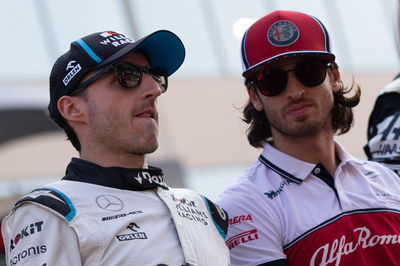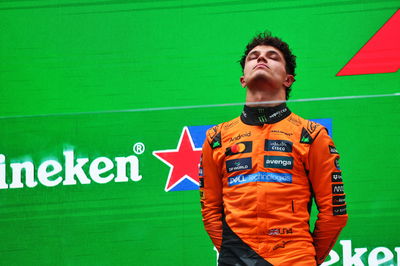Pirelli: Accepting 2020 tyres would have forced design changes
Formula 1 teams would have needed to adjust designs for their 2020 cars had they accepted Pirelli’s updated tyres for next season, the sport’s tyre chief has revealed.
Teams voted against introducing Pirelli’s updated tyre compounds for the 2020 season following a number of private tests through the year, including late-season running in practice for the United States Grand Prix and at a two-day post-race test in Abu Dhabi.

Formula 1 teams would have needed to adjust designs for their 2020 cars had they accepted Pirelli’s updated tyres for next season, the sport’s tyre chief has revealed.
Teams voted against introducing Pirelli’s updated tyre compounds for the 2020 season following a number of private tests through the year, including late-season running in practice for the United States Grand Prix and at a two-day post-race test in Abu Dhabi.
As a result, F1 will continue to use the 2019-spec tyres in 2020.
Speaking to Crash.net, Pirelli F1 chief Mario Isola said teams would have been forced to make some late chassis design changes for 2020 had they accepted the updated tyres due to their altered profile.
“The test on the 2020 tyres came quite late in the season, and the fact that the 2020 tyres have different characteristics in terms of profile, being so different in the rear profile, it affects the downforce,” Isola explained.
“It meant the teams had to re-open the development of the 2020 car in order to adjust the design to the new profile and the new tyre. They are busy with finalising the 2020 car, and starting the development of the 2021 car that is a complete new project with the 18-inch tyres and so on.
“They said OK, we have a good tyre that is valuable. We should continue with the same.”
Isola said Pirelli was likely to tweak the starting pressures of its tyres for 2020 to account for the improved performance of the cars, and warned teams not to expect any improvement in degradation or overheating after rejecting the 2020-spec compounds.
“It is possible – it is almost sure – that we have to raise a little bit the starting pressure to balance the increase in performance, because the product is the same as last year,” Isola said.
“Our prescriptions are based on the simulation that we received from the teams. If we see an increase in performance, the only reaction we can have is to increase the starting pressure to achieve a running pressure that is slightly higher.
“They cannot expect to have a reduction in overheating or a reduction in degradation in 2020, that is not possible.”











